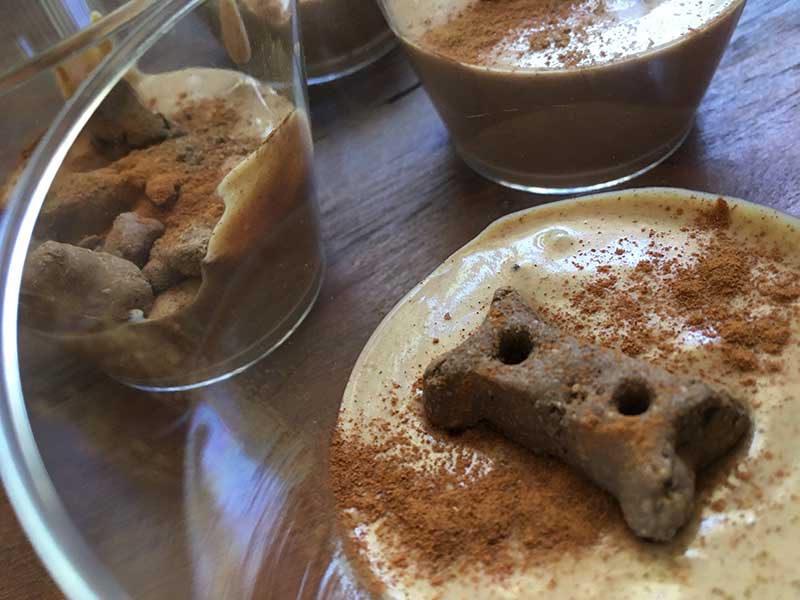
Many of us know that chocolate is toxic to pets, especially to our dogs. But there is a relatively new ingredient in many products that you might not even know about. This sugar substitute, called Xylitol, is extremely toxic to dogs. Even small amounts can cause hypoglycemia, seizures, and even death, if not treated aggressively and quickly.
Schertz Animal Hospital explores Xylitol dangers, how to recognize the signs of toxicity, and where to find Xylitol in your home.
What is Xylitol?
Xylitol is a naturally occuring substance that is being used as a sugar substitute. Although it has been around for decades, it’s popularity is recently increasing due to its low glycemic index and use in preventing dental cavities in people.
Xylitol Popularity
Being lower on the glycemic index makes Xylitol useful for human diabetics and people on low carbohydrate diets. Research has shown that Xylitol helps reduce the formation of plaque, inhibits dental cavities, and stimulates the production of saliva.
Products that commonly contain Xylitol are:
- Sugar free gum
- Peanut butter
- Breath mints
- Candy
- Baked goods
- Pudding snacks
- Cough syrup
- Children’s vitamins and supplements
- Mouthwash
- Toothpaste
Recently, Xylitol has also been added to certain prescription and over the counter medications, such as nasal sprays, laxatives, allergy medications, digestive aids, and sleep aids.
Xylitol Dangers
Although perfectly safe for human consumption, Xylitol dangers abound when it comes to pets. In dogs, it causes a massive insulin response which leads to a rapid and profound decrease in blood sugar (hypoglycemia). If not treated, Xylitol toxicity can cause liver failure, seizures and death.
The toxic dose of Xylitol in dogs has been reported to be 50 milligrams (mg) of Xylitol per pound of body weight, and and the higher the dose ingested, the higher the risk of liver failure. Every brand of gum and food product has a different amount of Xylitol, so it’s important to determine exactly how much has been ingested.
If you suspect your pet has ingested any amount of Xylitol, it’s imperative to seek veterinary treatment immediately. Symptoms of Xylitol toxicity appear quickly – within 15-30 minutes of consumption. Signs of hypoglycemia may include any or all of the following:
- Vomiting
- Weakness
- Lack of coordination
- Depression or lethargy
- Tremors
- Seizures
- Coma
Treatment of Xylitol Toxicity
Treatment depends upon the symptoms presenting. Blood work needs to be done regularly to determine potassium levels and blood glucose levels. Your dog will require hospitalization in all cases, to monitor clinical signs as they progress. Blood sugar monitoring, IV fluids, dextrose supplementation, liver protectants, and any other supportive care needed will be the most common forms of treatment. Additional blood work will also be needed to monitor blood sugar and liver function.
The prognosis is generally good for those dogs who have not yet developed clinical signs or who have mild hypoglycemia that is quickly reversed. If liver failure or a bleeding disorder develops, the prognosis is poor. If the dog lapses into a coma, the prognosis is very poor.
Xylitol Dangers Prevention
Of course, prevention of Xylitol toxicity is preferred to treatment! Make sure all products in your home containing Xylitol are out of reach of your pets.
If you have any questions or concerns about Xylitol dangers and your pets, please contact us. We’re here to support you and your pets in great health, always.
Recent Posts
About Us
We know that choosing the right veterinarian for your pet (and you) can be a challenge. Yet, with our stress-free handling, our long-term, experienced staff, and a state-of-the-art facility, we make the decision an easy one!
